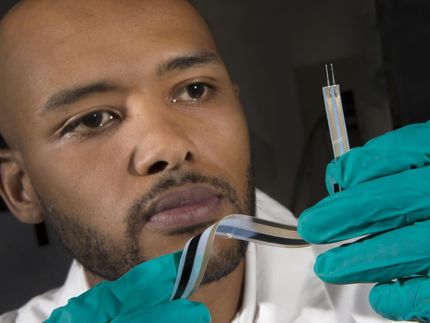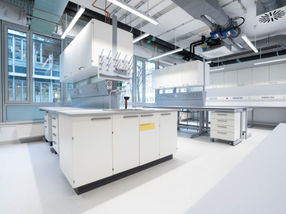Carbon nanotubes made to stick like a gecko's foot
Advertisement
Renowned for their ability to walk up walls like miniature Spider-Men--or even to hang from the ceiling by one toe--the colorful lizards of the gecko family owe their wall-crawling prowess to their remarkable footpads. Each five-toed foot is covered with microscopic elastic hairs called setae, which are themselves split at the ends to form a forest of nanoscale fibers known as spatulas. So when a gecko steps on almost anything, these nano-hairs make such extremely close contact with the surface that they form intermolecular bonds, thus holding the foot in place.
Now, polymer scientist Ali Dhinojwala of the University of Akron and his colleagues have shown how to create a densely packed carpet of carbon nanotubes that functions like an artificial gecko foot--but with 200 times the gecko foot's gripping power. Potential applications include dry adhesives for microelectronics, information technology, robotics, space and many other fields.
The group's work was funded by the National Science Foundation, and is reported in a recent issue of the journal Chemical Communications.
Other news from the department science

Get the chemical industry in your inbox
By submitting this form you agree that LUMITOS AG will send you the newsletter(s) selected above by email. Your data will not be passed on to third parties. Your data will be stored and processed in accordance with our data protection regulations. LUMITOS may contact you by email for the purpose of advertising or market and opinion surveys. You can revoke your consent at any time without giving reasons to LUMITOS AG, Ernst-Augustin-Str. 2, 12489 Berlin, Germany or by e-mail at revoke@lumitos.com with effect for the future. In addition, each email contains a link to unsubscribe from the corresponding newsletter.






















































